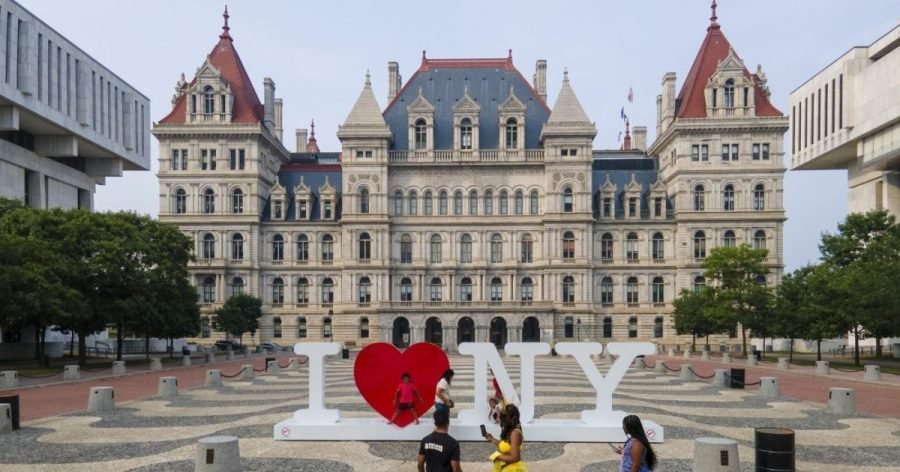A Political Shift: The Growing Significance of State Legislatures in Redistricting Battles (USA, 2025)
As the midterm elections approach in 2026, the contentious issue of redistricting is drawing heightened attention to the role of state legislatures across the United States.
Recently, Texas Republicans introduced a new redistricting map that aims to carve out five additional districts favoring the GOP, reflecting a broader strategy to solidify their power in key regions such as Dallas-Fort Worth, Austin, and Houston. Meanwhile, states like New York and Maryland are also taking action as part of this redistricting tug-of-war.
Experts are increasingly emphasizing the pivotal influence that state legislatures hold over federal representation. Republican strategist Jimmy Keady remarked, “Local and state legislative races have always mattered, but now they’re crucially shaping what happens federally. Astute candidates are recognizing this dynamic.”
With the new Texas map potentially increasing Republican congressional representation from 25 to 30 seats, all eyes are on how this will impact national politics. The map, while still subject to change, has prompted both Republican and Democratic states to consider mid-decade adjustments to their own electoral boundaries.
Mandara Meyers, Executive Director of The States Project, pointed out that Democrats narrowly missed flipping vital state House seats in 2020, stressing the need for more focus on state-level races that can have national implications. “Very few votes can alter the fate of an election and control of legislative chambers,” she stated.
As state legislatures become battlegrounds for major issues like election reforms and healthcare access, they’ve increasingly been in the spotlight. Despite their significance, many Democratic efforts have fallen short when it comes to mobilizing donor attention for state legislative contests, particularly in the wake of Republican successes during the 2010 REDMAP initiative.
Even as Democrats have recently shown strength in special elections across states like Alabama and Iowa, representatives from various Democratic groups express concerns about the lack of fundraising interest for state races during this redistricting phase. Leslie Martes, CEO of Forward Majority, noted, "Donors remain focused on federal priorities, leaving state legislative efforts underfunded.”
Heather Williams, president of the Democratic Legislative Campaign Committee, warned that neglecting state races could have dire consequences for the party, especially as redistricting looms. “Democrats need to shift their focus and prioritize winning state legislatures to have a chance at maintaining a majority in the House.”
Similarly, Republican groups are recognizing the urgency of securing wins in state legislative races to prevent Democratic attempts to redraw district lines in their favor. Mason Di Palma, spokesperson for the Republican State Leadership Committee, expressed that "consistent victories in state races are essential to counteract efforts to manipulate congressional boundaries."
Not all states are experiencing the same intensity around redistricting. In states like Minnesota and Pennsylvania, with more evenly split legislatures, redistricting discussions have been relatively subdued. Local leaders emphasize that their primary focus is on maintaining power at the state level amid critical Supreme Court and gubernatorial elections.
In summary, as redistricting becomes a central theme in the upcoming midterms, the significance of state legislative races is clearer than ever. The outcome of these races may well determine the balance of power in Congress and shape the nation’s political landscape for years to come.

